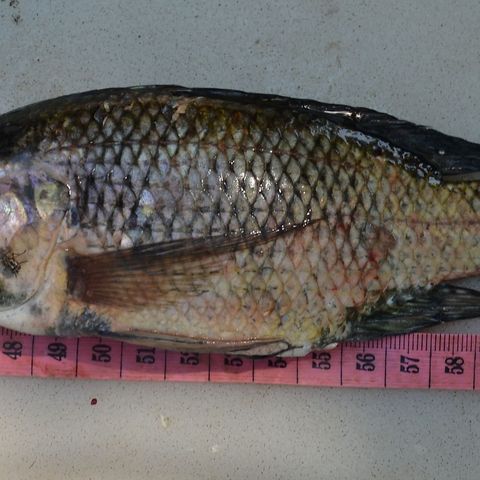Raw data is typically insufficient to influence or inform policy. Data needs
to be aggregated and transformed to transmit clear messages to decision- makers. Being able to transform underlying data into a range of policy- specific communication tools such as maps, charts, policy briefs and other materials can help build the trust relationships required to ensure the level of understanding required for data to be integrated within decision-making.

Increasing capacity for conservation of threatened fish species through data mobilization and training
Uganda
With 21 per cent of all freshwater species in Africa listed as threatened in a recent IUCN assessment, large gaps in existing information make it even more difficult to arrive at urgent evidence-based decisions. So despite having an extensive range of sustainable management policies for water, wetlands and fisheries, in Uganda, answering simple questions like “Which species are found in this lake?” is still difficult.
The National Fisheries Resources Research Institute (NaFIRRI) published more than 14,000 fish records from Ugandan collections through this project and initiated a national capacity-building programme for data mobilization. Maps and policy recommendations that relied on project data to established important benchmarks, leading the country’s Ministry of the Environment to nominate NaFIRRI to set monitoring targets for aquatic biodiversity data under the National Biodiversity Strategy and Action Plan (NBSAP) and to identify areas for additional baseline data collection and long-term monitoring aquatic environment is a major source of food, employment, local income and of export earnings


